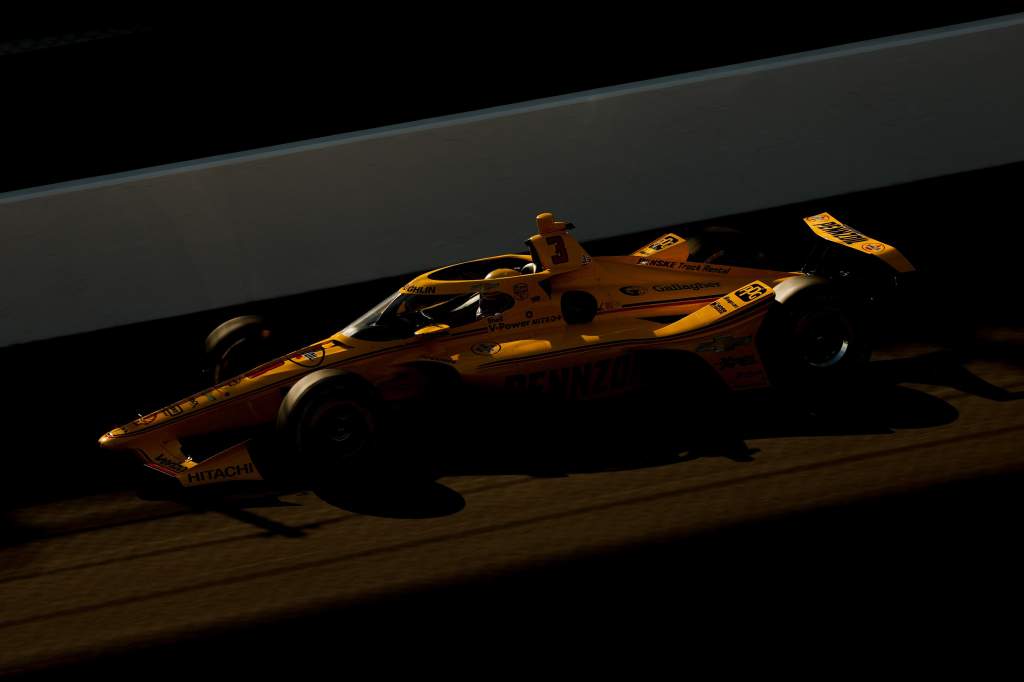IndyCar may be a spec-chassis series, but there’s no shortage of options this year for teams to create one of the most fascinating aero battles of the series’ modern era.
Recent history suggests running the car low to the ground, nose down, would be the most effective way to run at the Speedway.
However, a succession of new parts released in recent years aimed at providing ‘cleaner’ downforce to make the racing better leaves engineers, aerodynamicists and simulation experts with heads to scratch.
The Race has previously discussed the parts that are new for this year, but has delved further into the paddock to try to explain more about the impact each part is expected to have – especially after the recent Open Test last month has been digested now and the Indy 500 prep completed – and why each part presents such a challenge for the teams and engineers.
An additional bargeboard
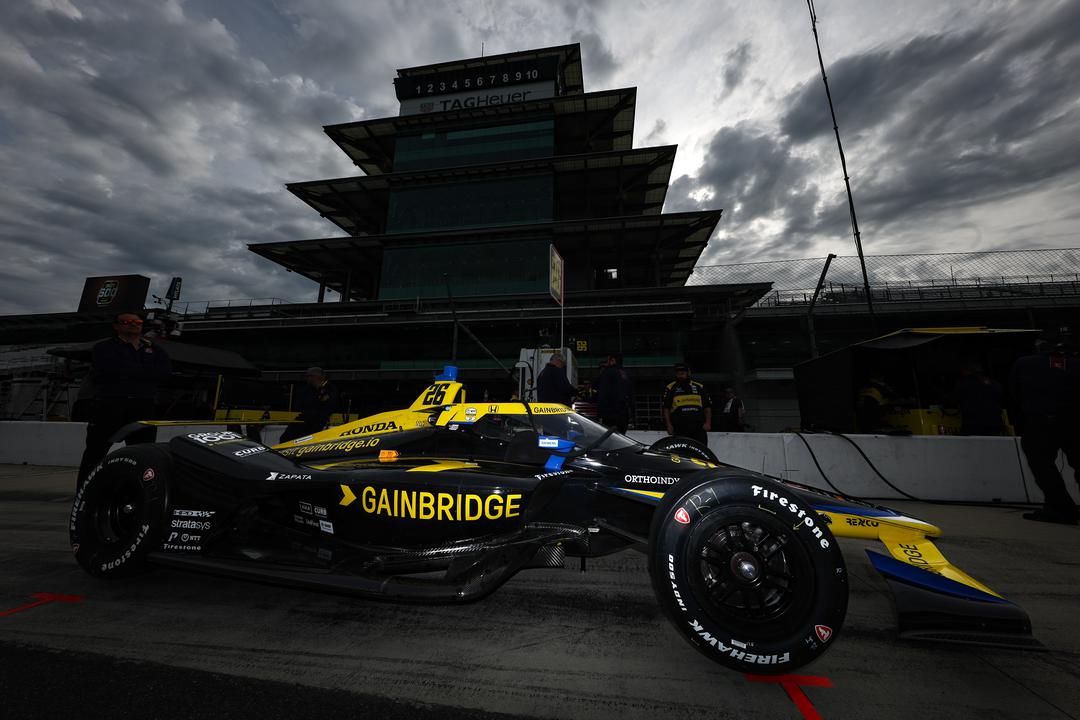
The ‘bargeboard’ is a small winglet, like an L-shaped fin, which you can see in pictures protruding from the front of the floor if you look behind the front wheels, close to the tub.
These were introduced in 2021, and help to provide downforce via the floor.
What’s new for this year is that you can run another pair of them – so, instead of two, you can now run four.
These are part of what has caused IndyCar’s transition from nose-down, run the car close to the ground preference more towards finding a way to get more air working underneath the car.
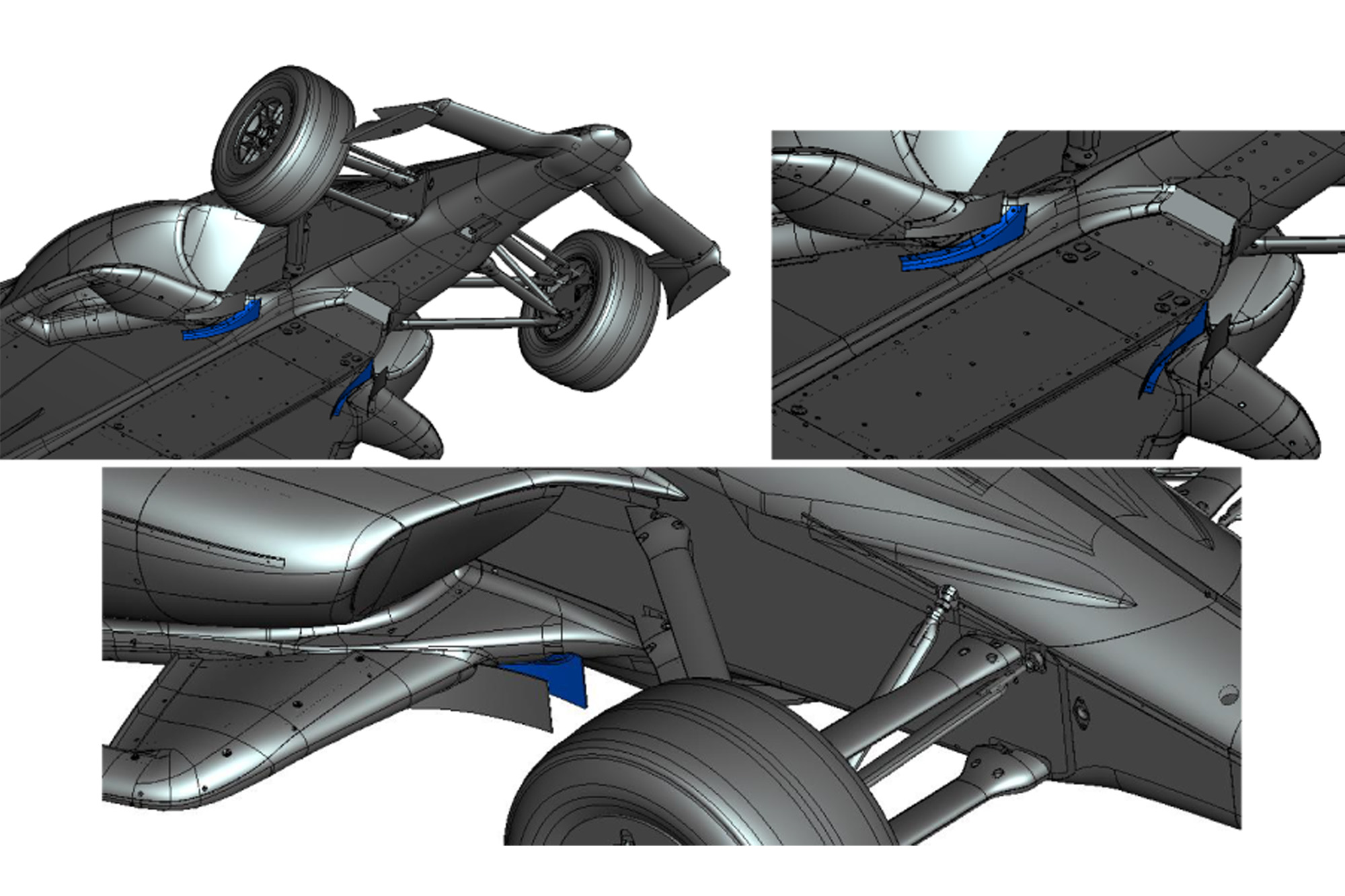
In combination with the diffuser strakes, which we’ll discuss in a minute, the floor has become the battleground for the teams in maximising clean downforce.
The previous nose-down with a slight rake tactic would choke the bargeboard and the diffuser now, because the air’s being forced over the front wing and over the cockpit, starving the floor and new parts of the air they need.
Now, teams are experimenting with higher ride-heights and even slightly nose-up set-ups to provide plenty of airflow to the bargeboards and through the diffuser strakes.
JR Hildebrand tells an excellent story about this on this week’s episode of The Race IndyCar Podcast where his team that year, AJ Foyt Racing, almost gave up on the bargeboards in 2021 before a late breakthrough.
Finding the ride height to make that work in combination with the other parts and the mechanical set-up of the car can be so, so tough though. Especially for smaller teams with choked resources or fewer cars to test.
And that’s before you even consider how the car handling changes from driver-to-driver and whether someone’s comfortable enough to maximise it.
Don’t forget, the bigger teams can be dedicating one or two engineers to work on simulation for these parts through the year, certainly in the run up to May at least. The smaller outfits will be relying on staff working on day-to-day IndyCar stuff to expand their roles.
Longer diffuser strakes
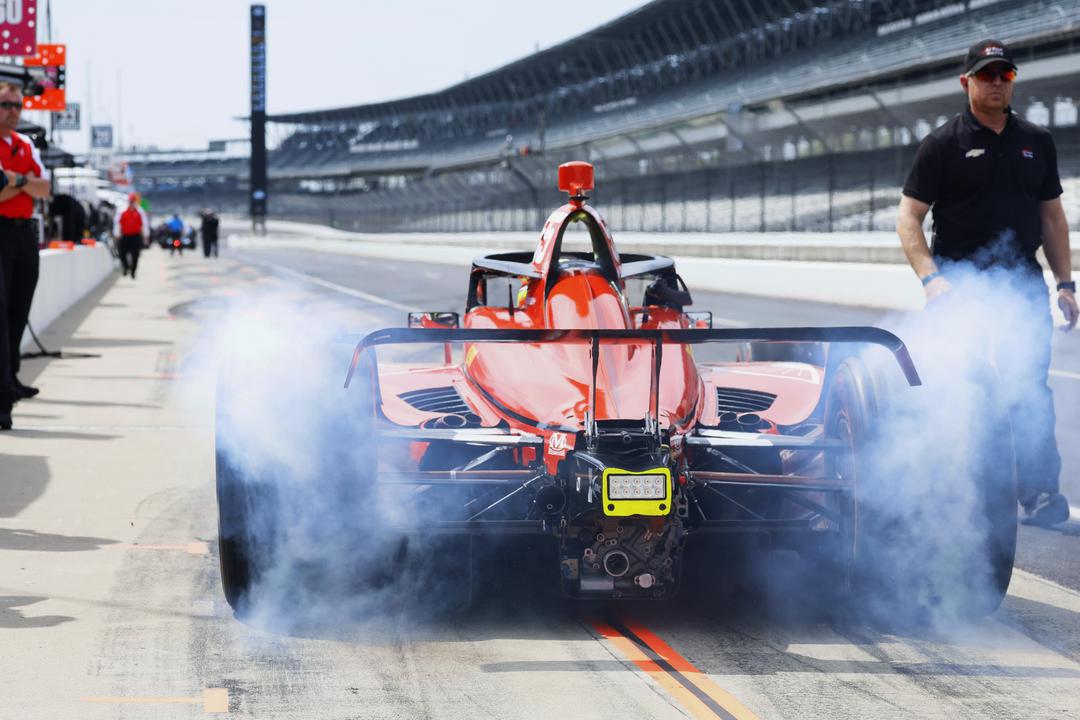
These have been discussed the least in public because they were a late rule change addendum probably not noticed by many.
These strakes, running down from the top of the diffuser to the floor, provide a lot of downforce, and now you can run slightly longer ones that provide even more suction this year. The longer ones are new for 2023.
You can expect all the teams to run these strakes in some capacity whether they run the shorter or longer option.
They can also run no sidewalls to the diffuser, a trimmed sidewall or a full-length sidewall. So the diffuser has plenty of options that, in combination with the bargeboards, will no doubt have some teams finding a set-up that works really well and others wondering when the nightmare will end.
The rear wing pillar
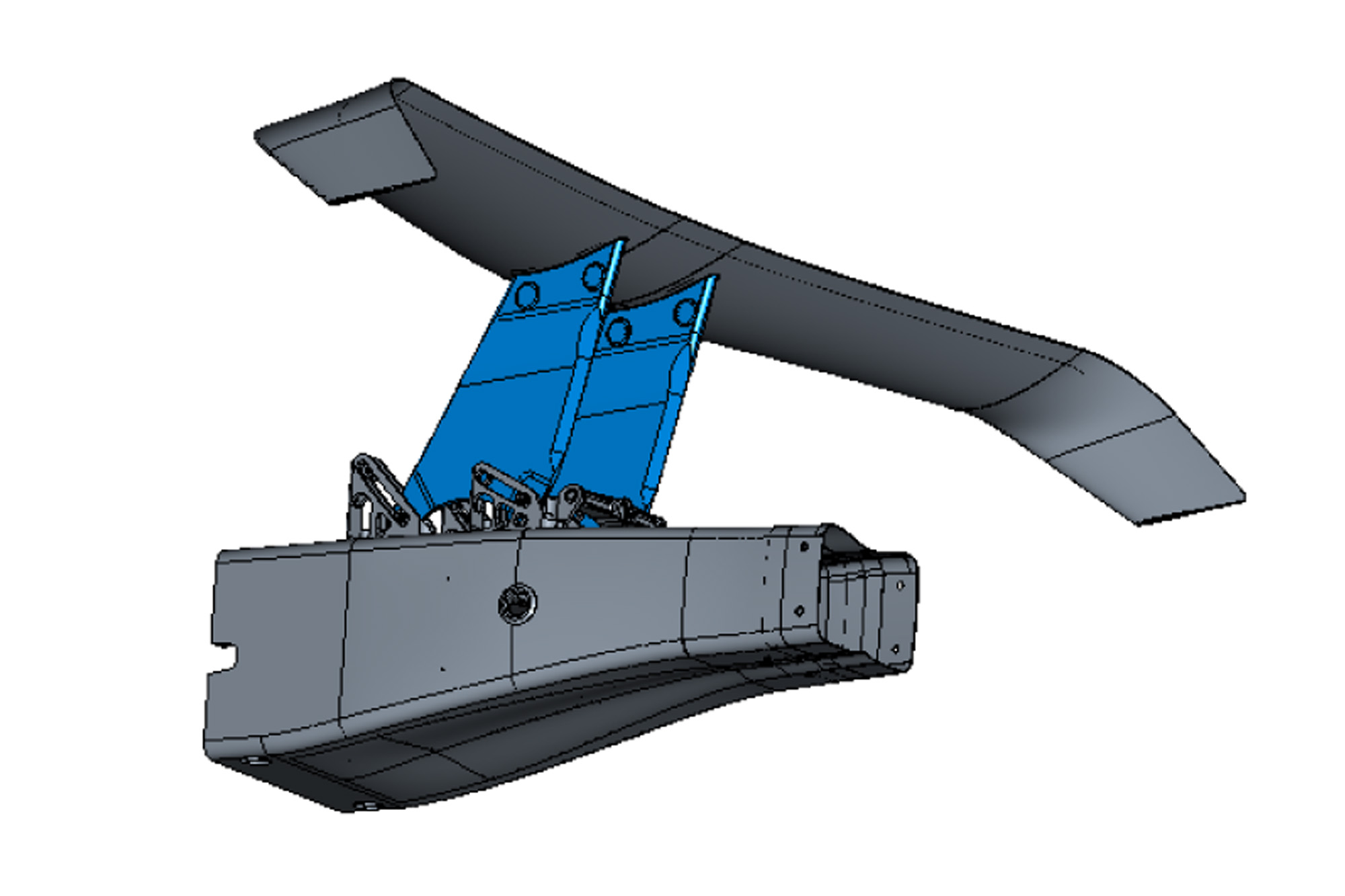
There’s a new rear-wing pillar for this year that increases the angle you can run the rear wing at from two to five degrees (the new wing is capable of nine degrees but the rules say five is the maximum).
The least amount of downforce you can run on the new pillar is zero, so expect to see the teams bring out the old wing supports for qualifying so that they can trim the cars and decrease the drag, running the wing ‘below zero’ so to speak.
One of the ways this may help the racing is because, with the addition of more wing angle in the race, there’s less reliance on multiple small and large gurney flaps to create the same amount of downforce.
The wing alone or with fewer gurney flaps should be cleaner than if multiple gurneys were being run, therefore meaning the car behind should be less affected with the new wing than the old one.
That’s something that really needs to be tried and tested in traffic, which is tough to do on simulation, so IndyCar and the teams will be watching that on-track closely this week.
It will be the perfect test of how IndyCar’s ‘add more downforce’ strategy is working. Adding more downforce will typically make it harder for the car behind to follow but, if you’re clever about how that downforce is generated, you can alleviate the issue.
Since the addition of the aeroscreen, ovals have been an issue for creating close racing, but earlier this year IndyCar made some big steps with new aero parts – among other efforts – at Texas.
One more note on the wing pillar: there’s just one nut to turn that changes the wing angle, so it will be really easy to alter this in the race.
Diffuser wicker

Seriously, IndyCar, why is everything called a wicker?!
This part is attached to the diffuser and sticks up at an almost 90-degree angle.
It caused easily the most confusion of the new parts when The Race canvassed the paddock as, on paper at least, it doesn’t appear very efficient and could cause some dirty air in the car’s turbulence.
There must have been a reason for its introduction if IndyCar has made it available, but the engineers and team personnel The Race spoke to questioned whether this would run past a trial in practice.
Infill wicker in the floor
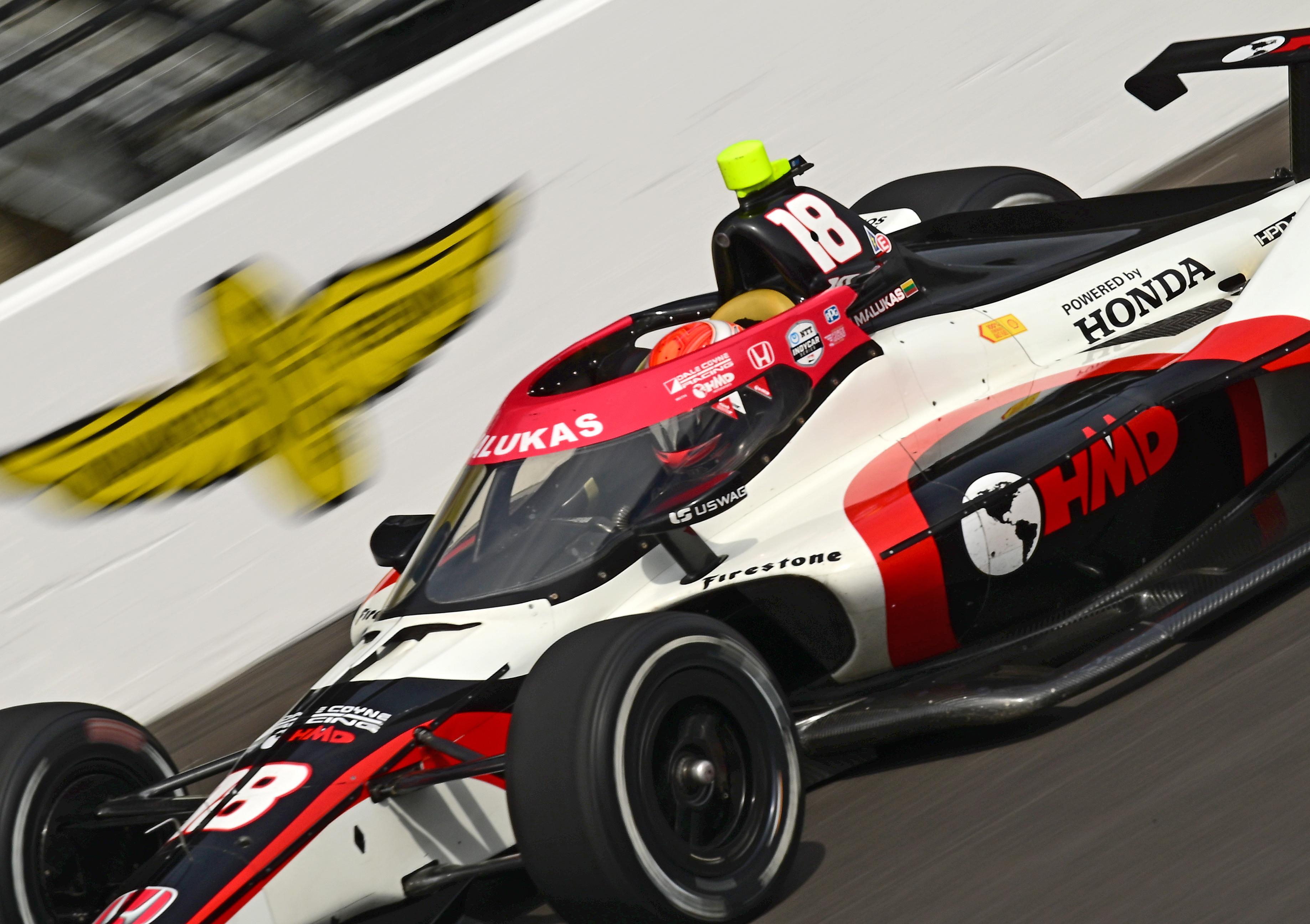
This is slightly confusing in the sense that this part has always been removable, but it has been against the rules to remove it until now.
This is a small part at the front of the hole in the floor. You’ll see the hole in the floor – providing the image is slightly above ground level, as shown above – if you look at a driver’s helmet and then slowly move your eyes down below the sidepod to the front of the floor.
This could be an option to increase downforce but The Race couldn’t draw a definitive answer on how likely this will be or how big an impact it might have. One to watch on track this week.
Stability trim
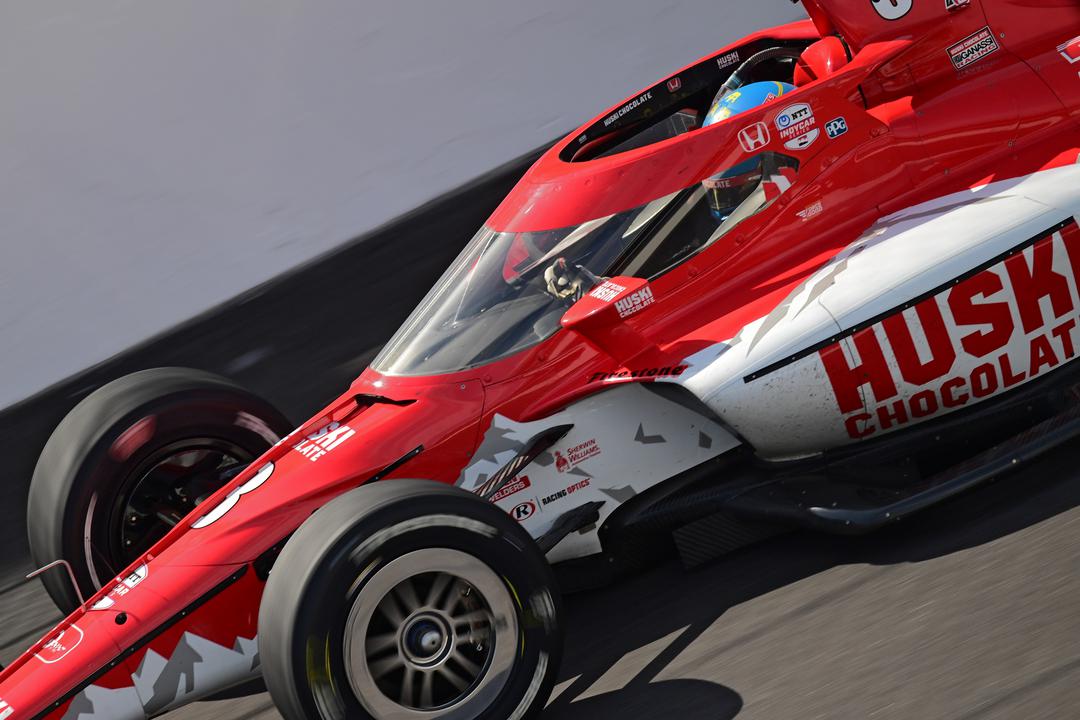
This is another thing people will refer to as wickers, but we’re slightly sick of that word now!
These are just pieces of bodywork trim to try to stabilise the car if and when it gets sideways.
You can see them bolted onto the side of the cars if you look closely enough, along the nose, tub, sidepod and over the engine cover.
Why is predicting the impact of these parts so difficult?
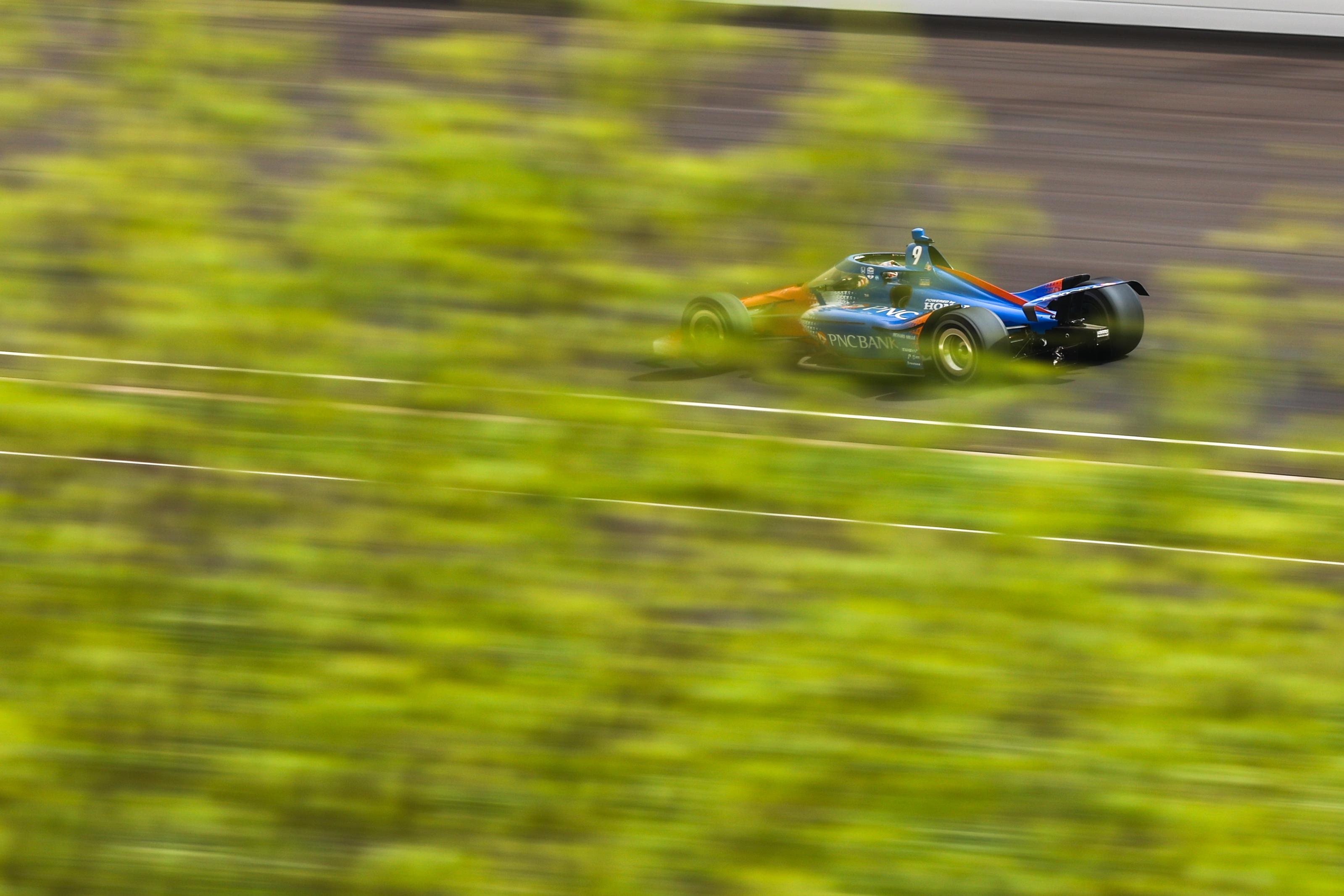
As we’ve touched on, the ride height is the key, and that is an extremely sensitive thing to get right.
Both Chevrolet and Honda respectively will have given all their teams all the windtunnel data they can to prepare for the Indy 500.
But then each team runs those numbers through its own simulation model, which will throw up what ride height it needs to run at to get a certain amount of downforce – usually represented as an ‘aero number’ or ‘COP number’ (a centre of pressure number).
There will be hundreds of configurations of parts and, while simulation is getting better, the Speedway is so complicated with things like weather conditions and setting the car up for both ends of the 2.5-mile track that it’s a minefield before you’ve got anywhere near worrying about how the driver likes the handling of the car.
You also have to factor in that you’ll need to make changes in the race depending on the conditions, so you’ll want a set-up that is flexible and not so specific that it only works in a very small window.
Predicting these things with simulation is so tough, which is why the teams have to get out on track and check the simulations against what actually happens on track.
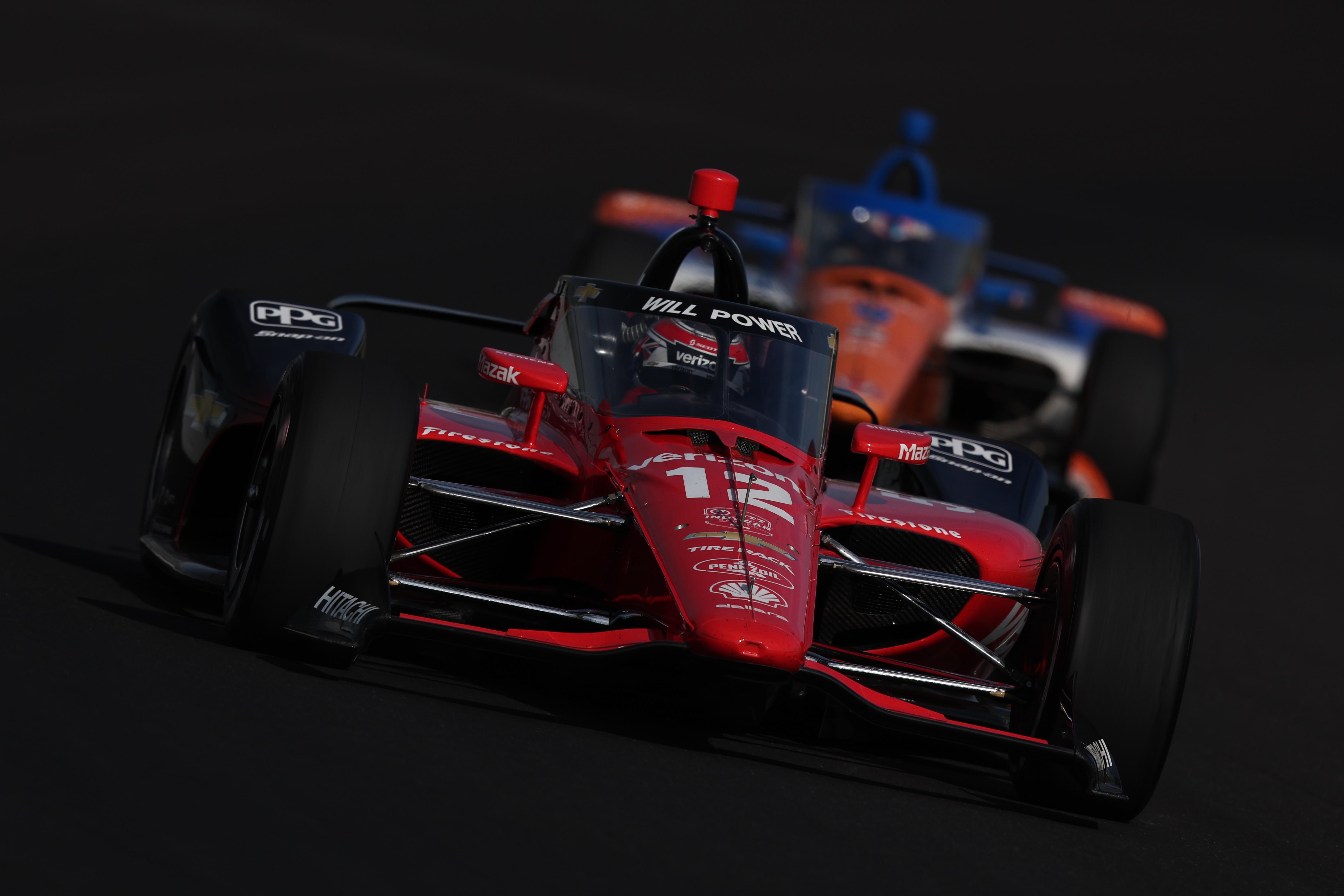
How you create your downforce is the big question. If you can get all the new parts working you may have an advantage, but if you waste the days of practice chasing a complicated set-up of parts that you’ll never perfect, while another team has worked really hard to perfect a more conservative set-up and gone faster, you’ve missed out.
It’s a gamble based on how much you trust your simulation numbers and on-track feedback.
Throwing more parts in only complicates the matter further. And these aren’t any old parts, they’re powerful bits of aero kit.
That’s why this year has the potential to be even more fascinating than many that have gone before.


